AI technology unveils what might be the ‘real’ face of Jesus by analyzing the Turin Shroud.
Recent advancements in artificial intelligence have sparked renewed interest in one of Christianity’s most controversial relics. As a result, this relic is the Shroud of Turin.
New AI-generated images based on this ancient cloth have brought forth a striking visual representation of what Jesus Christ might have looked like.
While the researchers claim the shroud dates back to the time of Jesus.
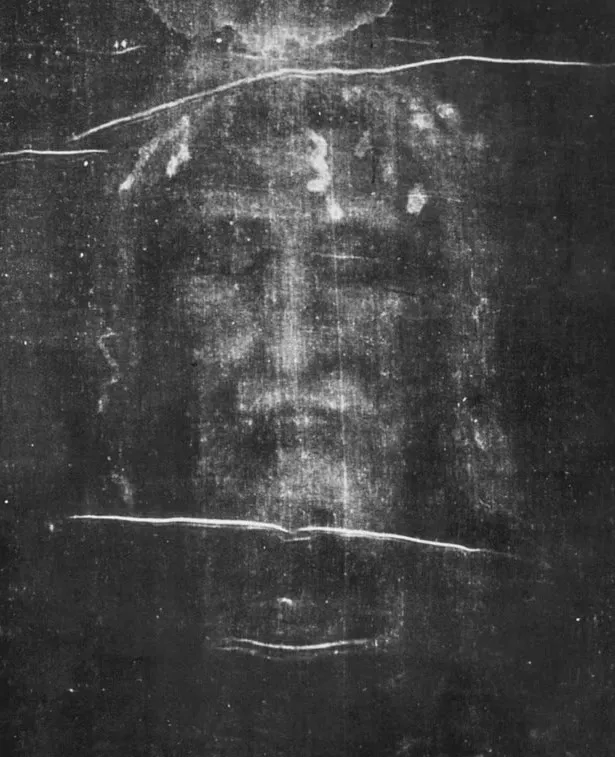
The Turin Shroud and its significance
The Shroud of Turin, a linen cloth believed by many to have wrapped Jesus Christ after his crucifixion.
Additionally, it has been the subject of intense debate.
Originally exhibited in the 1350s, the Shroud of Turin features a faint image of a bearded man.
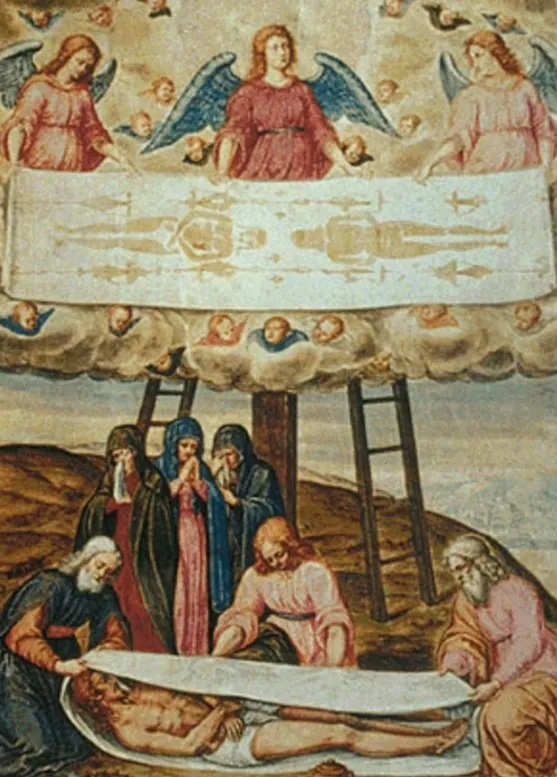
Many consider this image to be a miraculous imprint of Christ’s body.
For centuries, the authenticity of this relic has been contested, with significant debate over its origins.
AI unveils the ‘real’ face of Jesus
The AI tool Merlin was used to generate a realistic image of Jesus’s face to explore his appearance based on the Turin Shroud.
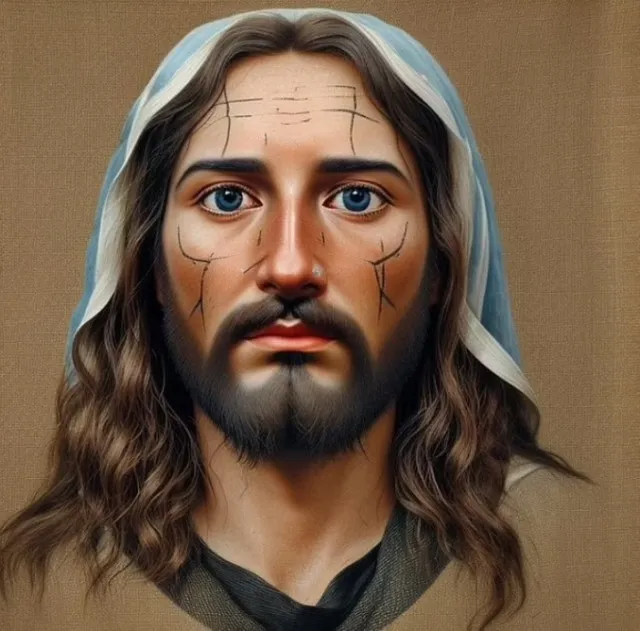
Additionally, AI reveals ‘real’ face of Jesus as a white man with blue eyes, a trim beard, and visible thorn marks on his face.
This image aligns with some traditional representations of Christ.
However, it is controversial due to historical and scholarly debates about the shroud’s authenticity.
The Shroud of Turin was reported to date back to the time of Jesus.
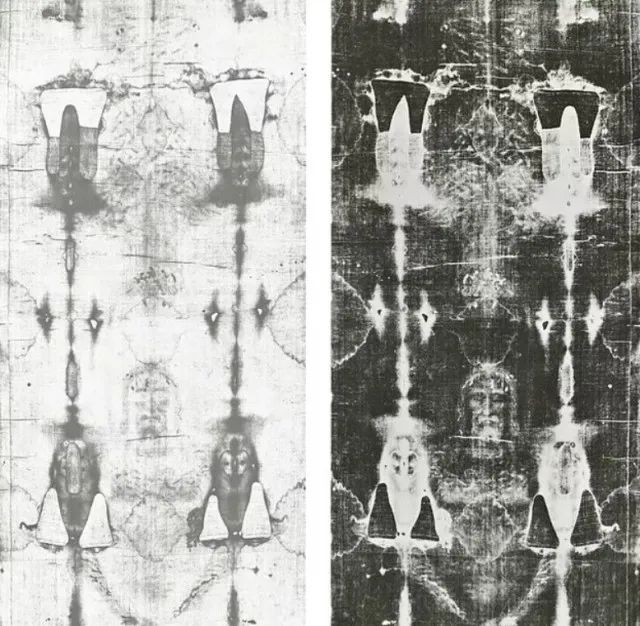
Recent studies have brought new attention to the Shroud of Turin, suggesting that it may indeed date back to the time of Jesus.
Italian researchers, using advanced x-ray techniques, have proposed that the cloth was created around 2,000 years ago.
Additionally, This contradicts earlier carbon dating studies from the 1980s that suggested the shroud was a medieval creation, dating it to between 1260 and 1390.
The 1980s carbon dating results, which pointed to a medieval origin for the shroud, were challenged by recent research.
The new study argues that carbon dating may have been unreliable due to contamination over the centuries.
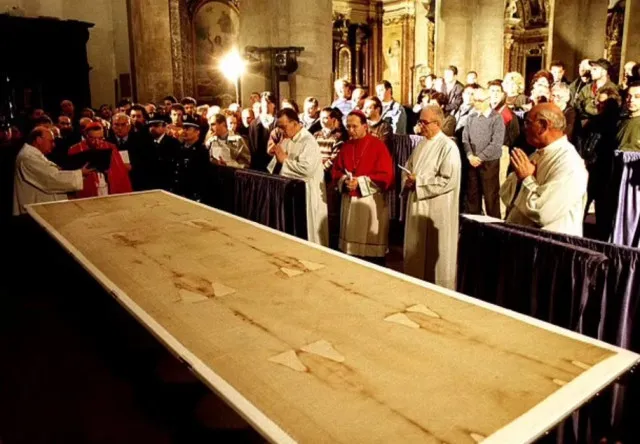
Tim Andersen, a research scientist at the Georgia Institute of Technology, noted that while the authenticity of the shroud remains unproven, there is no known medieval technology that could have created such an artifact.
Additionally, Andersen emphasizes that despite extensive scientific testing, no conclusive evidence has emerged.
This means there is no definitive support for the idea that the shroud is a medieval forgery.
Then, the lack of a plausible explanation for its creation only adds to the ongoing debate about its origins.